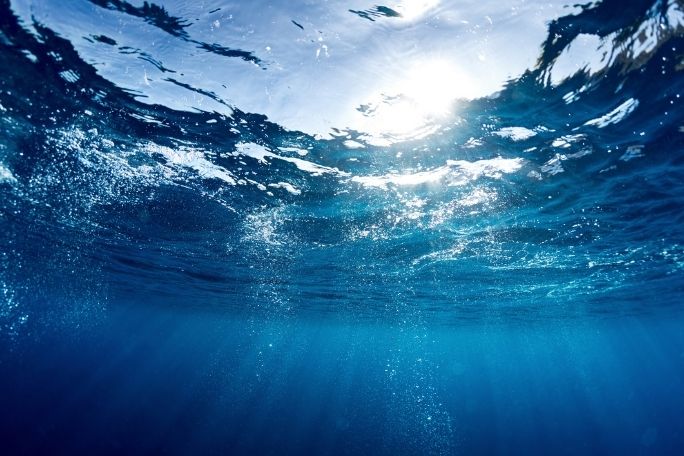Lesson summary
Students investigate how rainfall levels are changing in Australia. Students calculate and compare the percentage of water available and inflow levels in cities across Australia. Finally students are asked to research and assess the strangest or weirdest water harvesting or storage ideas they can find, and to create a blog post on these ideas.
These activities “… are an invaluable tool for teachers to address climate change in an educationally relevant, scientifically sound, and action-based way.” – Tim Flannery
Learning intentions:
Students will...
- understand the long-term effects of rainfall shortage
- recognise some existing ideas for water storage and harvesting
- demonstrate the ability to work with percentages and related calculations.
Lesson guides and printables
Lesson details
Curriculum mapping
Australian Curriculum content descriptions:
Year 7 Mathematics:
- Connect fractions, decimals and percentages and carry out simple conversions (ACMNA157)
- Find percentages of quantities and express one quantity as a percentage of another, with and without digital technologies. (ACMNA158)
Year 8 Mathematics:
- Solve problems involving the use of percentages, including percentage increases and decreases, with and without digital technologies (ACMNA187)
Year 7 Geography:
- The classification of environmental resources and the forms that water takes as a resource (ACHGK037)
- The quantity and variability of Australia’s water resources compared with those in other continents (ACHGK039)
- The nature of water scarcity and ways of overcoming it, including studies drawn from Australia and West Asia and/or North Africa (ACHGK040)
Year 7 & 8 Design and Technologies:
- Examine and prioritise competing factors including social, ethical and sustainability considerations in the development of technologies and designed solutions to meet community needs for preferred futures (ACTDEK029)
General capabilities: Critical and creative thinking.
Cross-curriculum priority: Sustainability OI.1.
Syllabus Outcomes: GE4-1 ,GE4-2, GE4-3, GE4-4, GE4-5, T4.1.2, T4.1.3, T4.4.1, T4.6.2.
Time required: 60 mins
Level of teacher scaffolding: Medium – oversee activity and facilitate discussion.
Resources required
- Internet access
- student worksheet
- Blog post creation (e.g. edublogs)
- digital sharing capabilities
- Key reading from We Are the Weather Makers: Chapter 14 – Extreme Weather
- Further reading from the book: Chapter 13 – Rainfall
Additional info
Cool Australia would like to acknowledge:
- Tim Flannery
- David Harding, Rose Iser, Sally Stevens
- Text Publishing and Purves Environmental Fund
- Climate Council


Welcome back!
Don't have an account yet?
Log in with:
By signing up to Cool.org you consent and agree to Cool's privacy policy to
store, manage and process your personal information. To read more, please see
our privacy policy here(Opens in new tab).
Create your free Cool.org account.
Many of our resources are free, with an option to upgrade to Cool+ for premium content.
Already have an account?
Sign up with:
By signing up to Cool.org you consent and agree to Cool's privacy policy to
store, manage and process your personal information. To read more, please see
our privacy policy here(Opens in new tab).